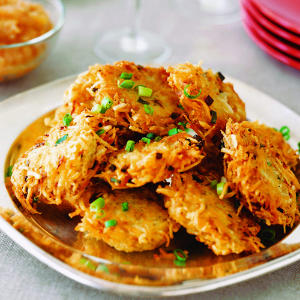First things first: The 2012 Passover Guide is proving to be enormously popular, at least by the standards of a niche blog like this one. The hit count on March 30th, the day it was published, was more than three times the previous record hit count for a single day. Thanks to everyone who shared it through Facebook, Google+ and word of mouth, and please keep spreading the word!* Please treat the comments section of this post as the new suggestion box for additions to the 2013 Guide.
Now that we’re in the final week of preparations, I thought it would be a good time to present some relevant posts you might have missed last year.
- Who Knows Three? An explanation, a bit on the technical side, of why we have three matzot on the modern seder plate.
- A Question of Seasonality. Addressing the oddity of charoset, which is usually made with apples even though they’re a fall crop and Passover is a spring holiday. Read the comments section.
- The Curious Case of Matzah Ashirah. How egg matzah is highly problematic for reasons that make no sense.
- Carrot “consommé” (vegan). Not necessarily a Passover recipe, but if you read the Guide (just follow the first link in this article) you’ll see that that’s exactly the point.
Shavua tov!
* I don’t make money off of this blog or anything. I just want to make Passover better.
